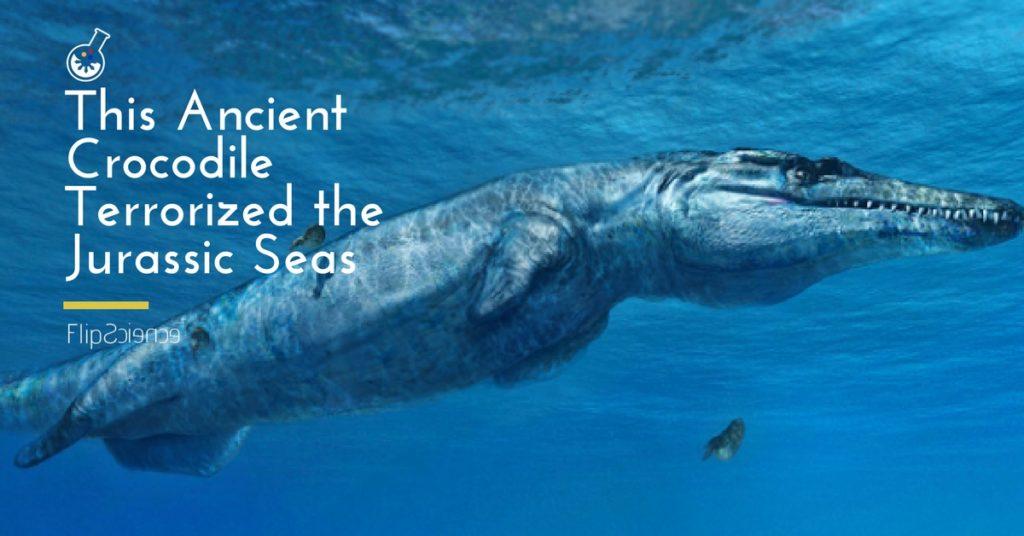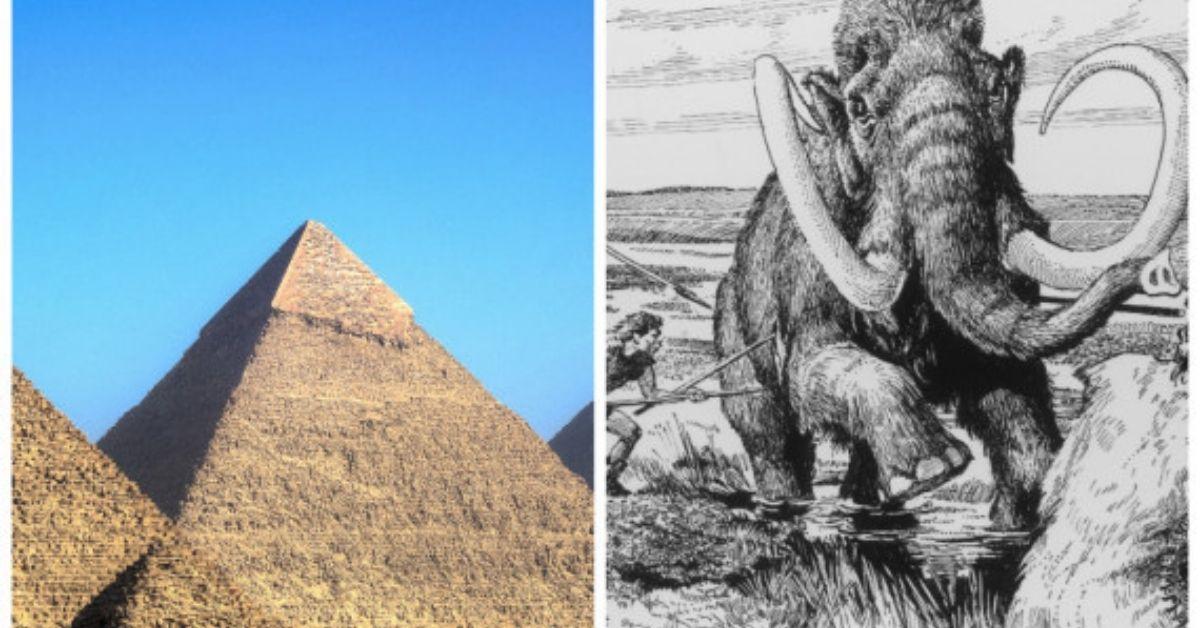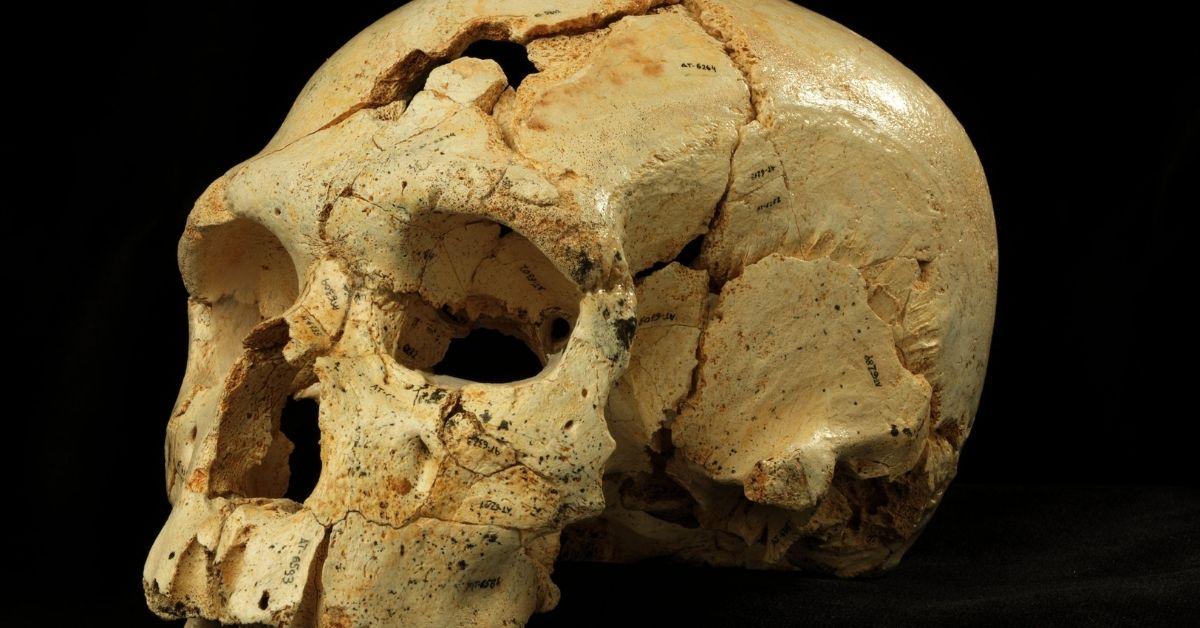A study published in the Journal of Systematic Palaeontology sheds new light on the prehistoric origins of modern crocodiles. A recent re-examination of a marine fossil in Edinburgh revealed that an extinct group of aquatic reptiles actually evolved millions of years earlier than scientists thought.
This crocodile ain’t no crock
This ancient reptile, Ieldraan melkshamensis, is also called the Melksham Monster, after the town in England from where it originated.
I. melkshamensis was a 10-foot-long predator that swam in the warm, shallow seas that covered much of what is now Europe. Similar to its contemporary counterpart, it had huge and powerful jaws. At this size, the crocodile could have made quick work of the relatively large prehistoric squid and other similar prey.
Dr Steve Brusatte, a vertebrate paleontologist and evolutionary biologist from the University of Edinburgh, said:
“The Melksham Monster would have been one of the top predators in the oceans of Jurassic Britain, at the same time that dinosaurs were thundering across the land.”
The new species falls under the prehistoric crocodile sub-family Geosaurini. Prior to this revelation, scientists thought that Geosaurini emerged in the Late Jurassic period (between 152 and 157 million years ago). These new findings, however, place the rise of these crocodylomorphs millions of years earlier, in the Middle Jurassic — 163 million years, to be exact.
Credit: Davide Foffa
A bone to pick
Davide Foffa, a PhD student at the University of Edinburgh and co-author of the study, said:
“It’s not the prettiest fossil in the world, but the Melksham Monster tells us a very important story about the evolution of these ancient crocodiles and how they became the apex predators in their ecosystem.”
Foffa credits their research collaborators at the Natural History Museum for their assistance in figuring out the anatomy of this incredible new specimen. The fossil has been mostly left alone since 1875. However, researchers still managed to identify it as a new species of prehistoric crocodile. They based this on the distinctive features of its skull, lower jaw and, in particular, its teeth. This particular fossil was challenging to work with, as it required the use of carbon steel tipped chisels and grinding wheels encrusted with industrial diamonds just to free up the pieces.
As Mark Graham, Senior Fossil Preparator at the Natural History Museum, shared:
“The specimen was completely enclosed in a super-hard rock nodule with veins of calcite running through, which had formed around it during the process of fossilisation[…] The work took many hours over a period of weeks, and great care had to be taken to avoid damaging the skull and teeth as they became exposed.”
While the modern crocodile did not spring forth from this species, they did share a common ancestor. As of press time, there is no proven evolutionary link between this species and modern politicians. (Theories, however, persist.) –MF

Author: Tomas Pedrosa
A graduate of Information Design, a versatile writer, and an avid gamer, Tomas prides himself in his willingness to gain new experiences and perspectives, and to apply what he learns in his other pursuits. Curiosity, interest, and obsession—these are the mile markers that keep him going down his road.







